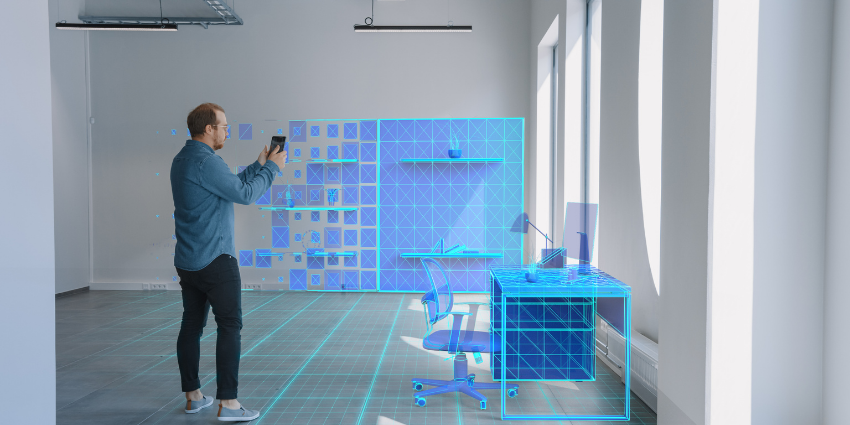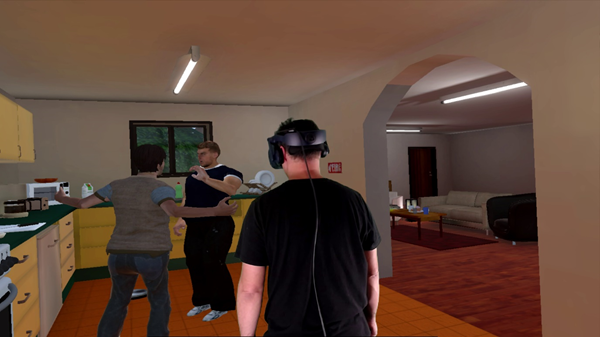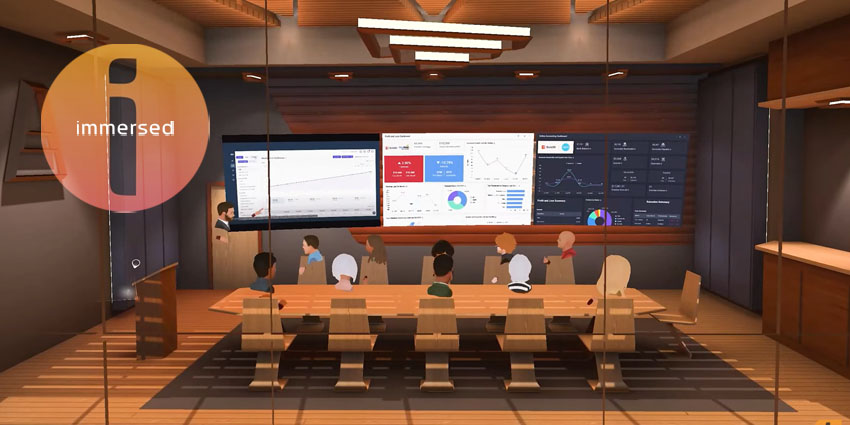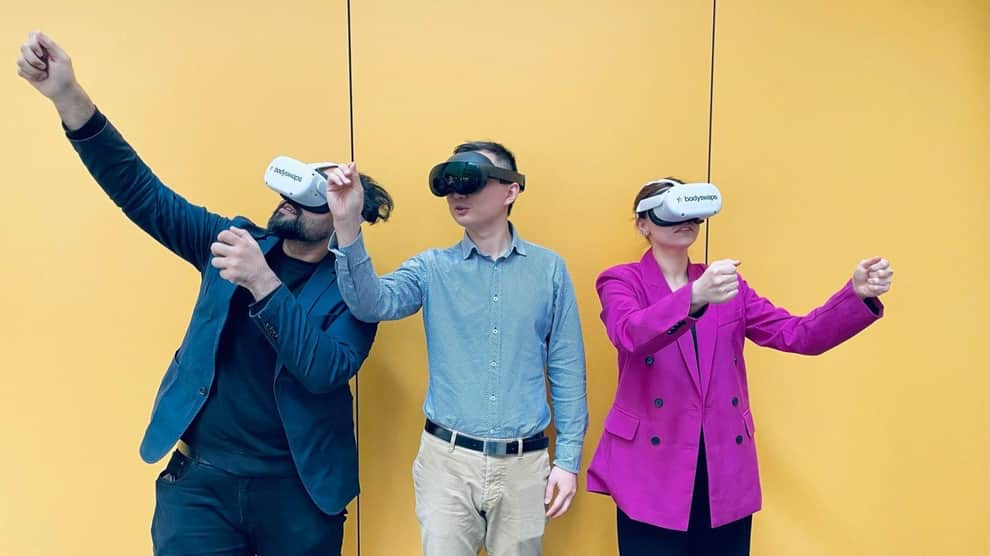New AR solutions are transforming operations for workforces and institutions
Augmented reality (AR) in the workplace has become a major trend for extended reality (XR) technologies. Companies around the world now seek to boost adoption rates of the emerging technology to deliver real-world results.
Unlike virtual and mixed reality (VR/MR), users can access AR with smartphones. Many people have already familiarised with accessing AR experiences across apps, online games, and televisions.
The wide availability of AR solutions allows an increasingly larger number of enterprises and brands to collaborate remotely, boost national defence capabilities, and boost brand visibility in retail, among others.
According to a Grand View Research report, the AR market is estimated to reach a massive $340.6 billion by 2028, with only a fraction coming from consumer markets. This indicates that companies are increasingly leveraging AR for the workplace. Here’s how some of the top firms are doing so.
The Value of AR in the Workplace
AR has quickly become a major presence in the modern workplace. This allows engineers, first responders, auditors, and others to access key information in seconds.
Users can search for manuals or seek assistance from remote experts seamlessly inside headsets. Companies like RealWear, Kognitiv Spark, Lenovo, and Vuzix have been instrumental in creating such solutions.
Workplaces are also rapidly adopting AR solutions at the workplace, providing businesses with near-instantaneous access to information when needed.
Users can also work with virtual screens on the Lenovo ThinkReality A3 and Vuzix Blade 2. This eliminates the need for multiple computer monitors and streamlining workflows.
Human-Computer Interfacing
The immersive technology is also a great example of how humans and machines can interface with greater precision and efficiency.
For example, engineers wearing smart glasses could use virtual assistants to access information when repairing machines, significantly reducing equipment downtimes and workforce distribution.
Artificial intelligence (AI) systems using natural language processing can also use a wearer’s voice to automate and execute a number of tasks.
A number of smartphone allow AR apps to highlight machine components that need repairs as engineers focus their cameras on specific devices. This allows workers to complete jobs quickly without the need to refer to physical manuals. Remote experts can troubleshoot devices in real-time and receive video feeds directly from the glasses.
Improved Training Opportunities
XR tools also show a major step forward for training and education. Followingn the COVID-19 pandemic, the demand for AR solutions has skyrocketed. Currently, employees require the proper infrastructure for tackling issues during major crises while working remotely and in often isolated circumstances.
Due to the sharp demand for training solutions, companies aim to upskill workers with immersive tools. According to research, XR solutions can help learners retain information four times faster than typical classroom settings.
ARuVR, a leading XR solutions provider, allows enterprises to onboard students using both VR and AR technologies. Their award-winning platform has also trained Fortune 500 company employees to work on the job before they are deployed on-site.
Enhanced Communications
Additionally, companies can work on soft skills training with employees using immersive training modules. Companies like Moth+Flame and Talespin have created trendsetting solutions for developing critical workplaces skills such as diversity, equity, and inclusion (DE&I).
More than just working on essential skills, soft skill development reinforces company culture and avoids the pitfalls of a lack of sensitivity awareness. Some organisations such as the US Air Force and National Urban League have turned to Moth+Flames generative AI solution to educate employees.
Also, such tools prepare companies for their digital transformations, namely as firms compete for top influence and positions in the future Metaverse. Overall, businesses and institutions are realising real-world returns on investment with immersive technologies as they hit target key point indicators (KPIs) and streamline efficiency.
Furthermore, AR allows companies to gamify the workplace by motivating employees to track their performance via a virtual dashboard. This creates rewards systems needed to boost company morale and monitor progress.
Better Design Opportunities
XR also empowers the design and production landscape with multiple enhancements, similar to Varjo’s Reality Cloud solution backed by Autdesk VRED. Working with virtual versions of products, rather than physical prototypes, companies have greater room for experimentation. With AR, designers can build 3D representations of products and experiment with functionality with minimum resource consumption.
People can also meet on AR applications to design 3D versions of working products, eliminating heavy equipment or expensive materials. Once designers finish a prototype, designers can easily demo that product for shareholders and business leaders by sharing the 3D design.
AR and VR technology makes it easy for creators to add new functions to a product or change design aspects without starting from scratch, ultimately leading to a cheaper, more efficient path to market.
Improved Customer Support
AR is already having a significant impact on the way companies deliver immersive experiences to customers. Retailers such as Walmart can place wayfinding points around a building that help customers serve themselves and find what they need without the assistance of professionals.
AR also allows consumers to see what a product might look like in real life before purchasing. Apps from major firms such as IKEA, Nextech AR, and Avataar can place virtualised furniture in homes or allow clients to test makeup. In the workplace, many services and sales professionals already use AR to assist their customers in dealing with common problems.
Through AR, teams can guide customers through remotely-guided troubleshooting and repair processes using Microsoft’s HoloLens 2 headsets. This reduces the need to send out engineers, deliveringe onboarding experiences to clients without visiting offices in person.
The Rise of AR In the Future of Work
AR technology, software, and applications are growing increasingly accessible. Due to the trend, people are expected to continue to see more immersive tools in their workplace pipelines.
WebAR and smart glasses are already becoming a more common part of the daily working processes. However, these tools will ultimately boost collaboration, productivity, and business outcomes, today and tomorrow.
Quelle:




